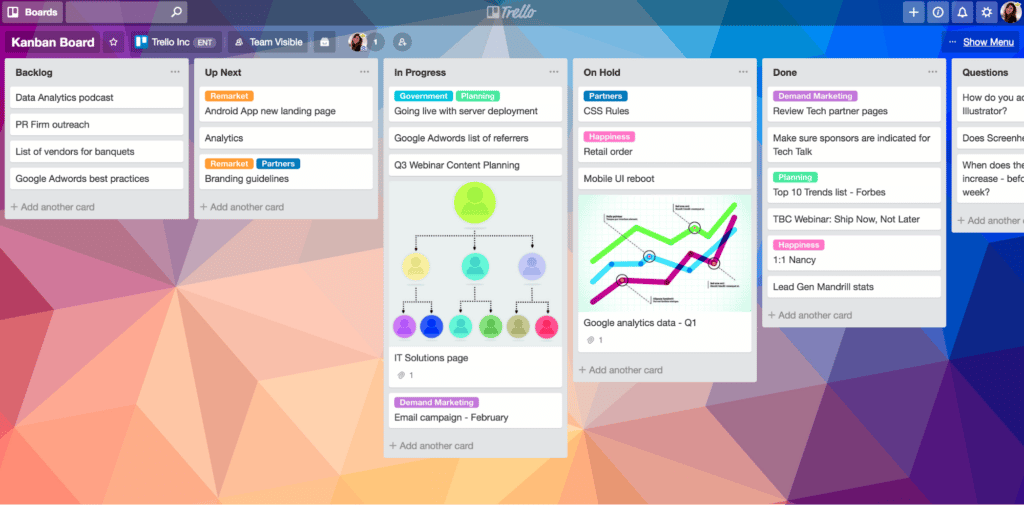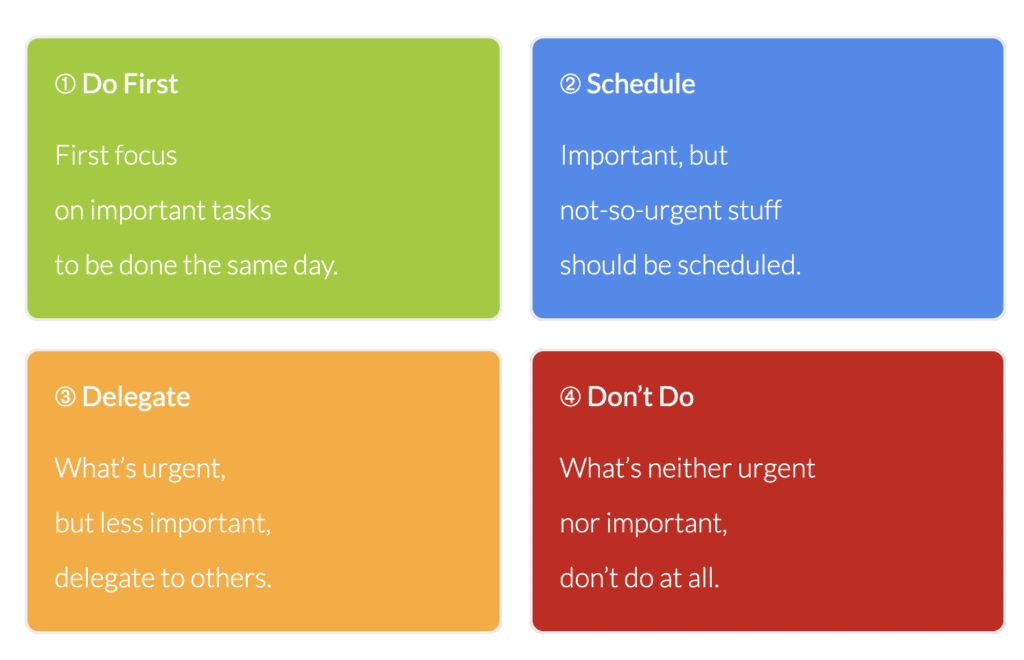Those who truly aspire to be successful entrepreneurs are a rare breed. They have a unique way of thinking about the world and finding creative ways to solve problems. They dance to the beat of our drum and set lofty goals for themselves. And most notably, they have the drive and desire to get shit done.
So then what does the get shit done approach entail and how do people who adopt it manage to accomplish so much in a single day? Their “secret” isn’t coffee or energy drinks, but rather how they structure their daily tasks, organize their priorities, and leave absolutely nothing to chance.
Or, if you want to boil it down to a single word, it’s all about productivity.
Whether you consider yourself a successful entrepreneur or you’re ready to take that leap into entrepreneurship, I’m going to dive deep into the “get shit done” methodology, what it means to me, and how I’ve used it to help me stay disciplined as well as focused.
Creating a Blueprint that Works for You
Before I get into specifics, it’s worth mentioning that no “proven system” is ever a one-size-fits-all. Everyone prioritizes things differently and have their own unique goals to consider.
That’s why I’m calling this exercise a blueprint — because blueprints are super specific but also allow for tweaking. More specifically, it’s about being stubborn with your goals, but flexible with the approach.
Set Your Time Goals
Every entrepreneur will tell you that accomplishments don’t just happen naturally. Rather, they begin with a clearly defined goal that will provide direction throughout the journey.
In this case, consider the following:
- What do you want to achieve with better time management?
- How will you spend the free time you earn?
- Do you know of any obstacles that are preventing you from better managing your time?
To set a goal, you need to define a purpose for that goal, as well as the desired end result. It’s not just about having four extra hours in your day, but rather why you want those four extra hours and what that time will ultimately do for you.
Get Rid of Distractions
We all have the same 24 hours in a day, and that will never change. What separates productive individuals from the rest is their ability to best utilize the time they’re given — and they can usually do so without sacrificing important things like sleep or time with family.
You might be surprised to learn just how much of your time is eaten up by distractions. Sure, we’re all guilty of sneaking a peek at Facebook or replying to a group text when we’re supposed to be working, but these little micro moments can add up to major lost time each day.
If you really want the data on how much time you’re wasting, use a time tracking app or tool that will break down your time spent by category. Apple built in a screen time feature for the iPhone, and it gives you some great insight into your mobile phone habits. You can also use free tools like Clockify to automatically track your project hours.
Once you know where your time is going, you’ll be better equipped to identify and eliminate distractions that aren’t adding value to your day.
Write Down Every Task
You’ve got a clean slate at this point — now it’s time to review your workload. Make it a habit to write down every task or objective you need to accomplish. Tools like Asana and Trello are amazing for list-making, plus their intuitive user interface ensures you’re not wasting time trying to figure out how to use them.
Here’s the trick: don’t let any task or idea slip away. I recommend having multiple lists (or in Trello’s case, multiple columns on your Kanban board) that will help you prioritize items.

Here’s one method: create an Incoming list for new ideas, a Today list for items to accomplish on a certain day, and a Backlog list to use as a dumping ground for all non-urgent tasks.
Another method is to use the Eisenhower box. Draw a box and divide it into four quadrants. Label the two columns as Urgent and Non-Urgent, and label the two rows as Important and Unimportant. At this point, you’ll have four boxes in which to sort your tasks: Urgent and Important, Urgent and Unimportant, Non-Urgent and Important, and Non-Urgent and Unimportant.

Do the Urgent and Important tasks first — these are the equivalent to putting out fires. Eliminate the ones that fall into the Non-Urgent and Unimportant Box. Then figure out how to prioritize the rest.
Eat the Cockroach
If procrastinating is your main problem, it’s usually because there’s something on your list you don’t want to do, even though you know it’s essential to your goal. This type of task is what I call the Cockroach: it’s big, ugly, and scary, but you know that not eliminating it isn’t an option.
My advice: eat the cockroach (figuratively speaking).
Kill it first and get it out of your way. The worst part is over now, and now you can focus on your other, more pleasant tasks.
Apply the 20-Second Rule
Starting a task takes mental and physical energy. If you want to accomplish a task, reduce the amount of energy it takes to get started.
This is why Mark Zuckerberg wears the same shirt every day. He doesn’t want to spend his brain power on choosing clothes, so he has a whole closet full of similar shirts that takes the guesswork out of getting dressed.
As a rule, make your task take less than 20 seconds to get started — the shorter, the better.
Know When to Sign Off Each Day
Productivity is often confused with an always-on mode, but that’s actually the opposite of productive. You’re human, even entrepreneurs, and the longer you’re engaged the less productive we become.
Know when to call it a day and do as much as you can in the hours you’ve allotted yourself. You’ll appreciate having time to recharge your mind and body, and may even get more shit done as a result.






10 Responses